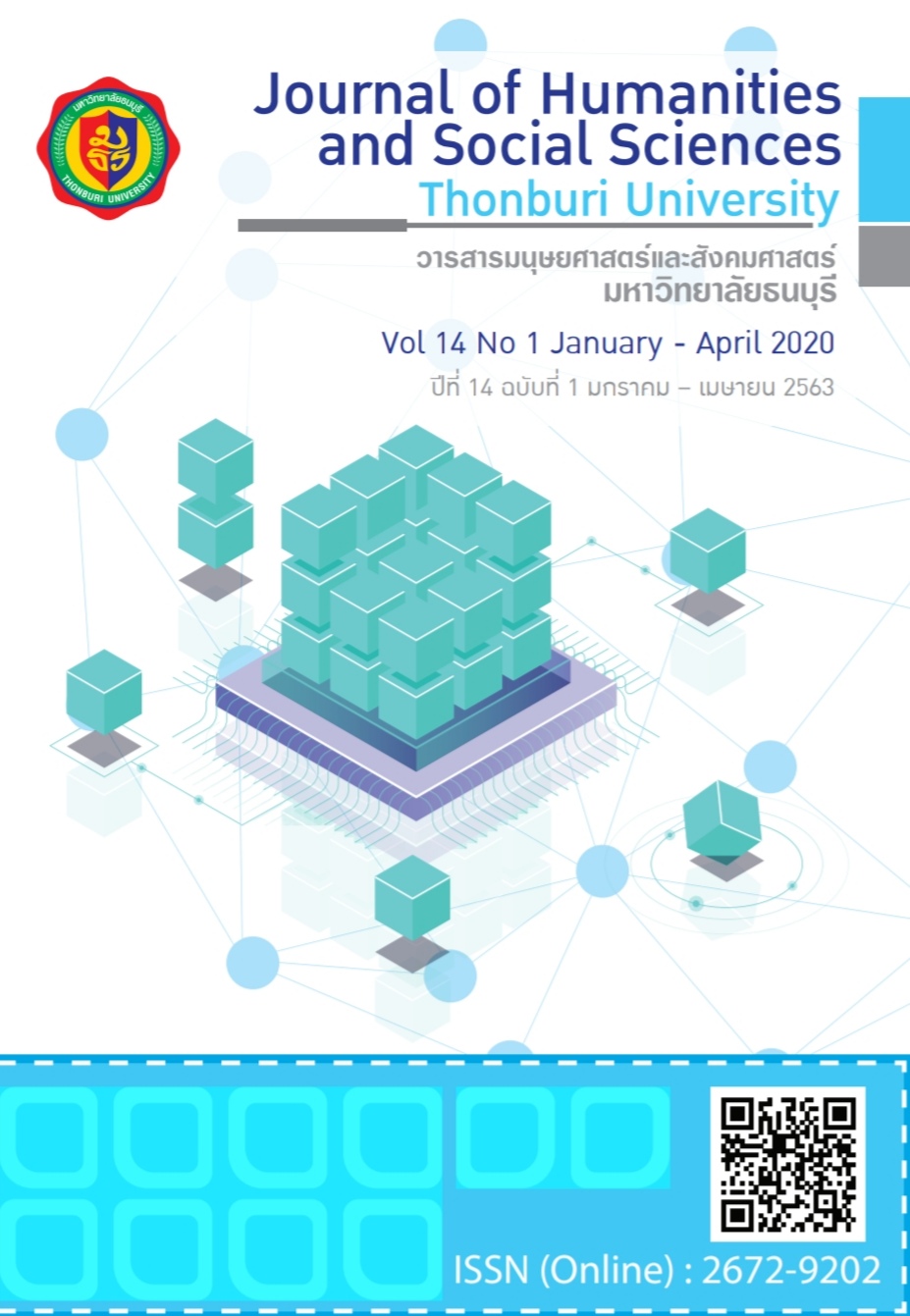The Guideline for Developments to Effective Educational Organization in Thailand
Keywords:
efficient management, educational organization in Thailand, efficient educational organizationAbstract
The purposes of this research were to determine: 1) factors of the efficient public sector management of educational organization in Thailand, and 2) the approach in the efficient public sector management of educational organization in Thailand. The samples were the 500 officers in the educational service area offices. The research instruments were the questionnaire. The statistical indexes used to analyze the data were percentage, mean, standard deviation, factor analysis, and content analysis. The research revealed that :1.The factors of the efficient public sector management of educational service area offices of 1) change management, 2) strategy changes , 3) efficiency plan by government, 4) leadership change, 5) risk management , 6) focus on service recipients and stakeholders , 7) focus on human resource, 8) effectives plan by government , 9) academic quality, 10) development personnel, 11) characteristics of organization, 12) support system change, and 13) efficiency as a indicator. 2. The application of the factors from the efficient public sector management of educational service area offices which was found appropriate, accurate, realizable and in conformity with the research has been proven by expertise.
References
Bureau of Monitoring and Evaluation Education Office, Office of the Basic Education Commission of Thailand. ( 2003) Report of Basic Education Management. Bangkok: The Express Transportation Organization of Thailand)
Cullen,C.,K, Condole, and Stufflebeam. (1994) Superintendent Performance Evaluation: Current Practiceand Directions for Improvement. Michigan: Western Michigan University.
Decharin, Pasu. (2003) Balanced Scorecard: deep operation. 2nded. Bangkok: Chulalongkorn University Press.
George, Westerman. ((December, 2006). IT Risk Management: From IT Necessity to Strategic Business Value, Center for information systems research, Sloan School of Management. 23: 12-31.
Kaplan, R. & Norton, D. (1996). The balanced scorecard. Harvard Business Press.
Lee, Cronbach J. (1984). Essentials of psychological Testing. 4thed. New York: Harper & Row Publishers.
Levin, Kert. (1951). Field Theory in Social Science. New York: Harper & Raw.
Lunenburg, F.C. and Omstein, A.C. (1996). Educational Administration: Concepts and Practice. Belmont California: Wadsworth Publishing Company.
Ministry of Education. (2003) The Act of Administrative Regulations of the Ministry of Education B.E. 2546 and Ministerial Regulation. (Bangkok: The Express Transportation Organization of Thailand
Office of the Public Sector Development Commission. (2013) Public Sectors and Government Sectors Structure Retrieved December 27, 2013, from http://www.opdc.go.th.
Prasartkarukarn, R. (2003). The Problems of Ministry of Education Reform: The Case Study of Office of the Basic Education Commission. Master of Arts Program in Political Science, Graduate School, Ramkhamhaeng University.
Smith, P. and Merrit, G. Proactive. (2002). Risk Management. USA: Productivity Press.
Tonsricharoen, N. (September, 2005). Six Years of Educational Reform still Finding Success. New School Magazine. 89: 25-38.







